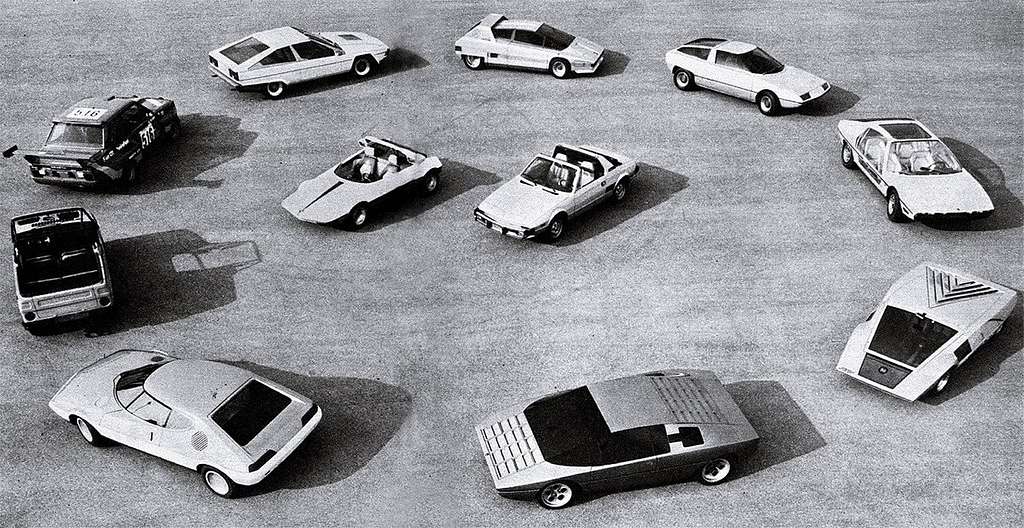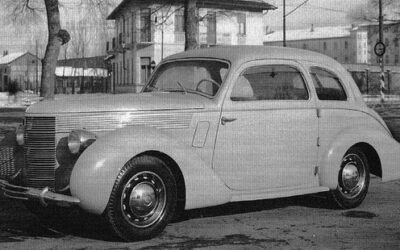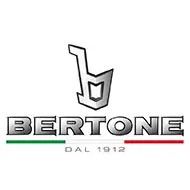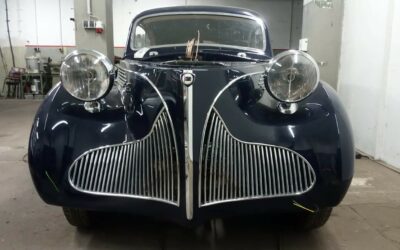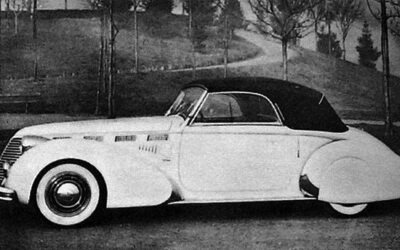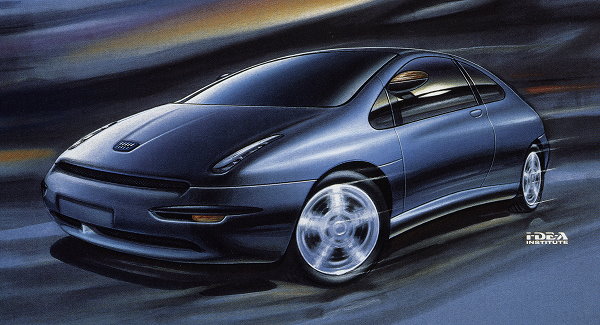Bertone
A car is the product of a feeling, or rather, a series of feelings

7
- 1949 Viareggio
- 1939 C d'E Torino
- 1965 New York
- 2017 Villa d'Este
- 2005 Villa d'Este
- 2011 Villa d'Este
- 2010 Pebble Beach

1
- 2004 Compasso d’Oro

21
- 1947 C d'E Roma
- 1928 Cortina
- 1937 C d'E Torino
- 1947 Villa d'Este
- 1951 C d'E Roma
- 2021 Pebble Beach
- 1938 San Remo
- 1938 C d'E Torino
- 1939 C d'E Torino
- 2024 Pebble Beach
- 2016 Pebble Beach
- 2017 Villa d'Este
- 1960 C d'E Roma
- 2011 Amelia Island
- 2011 Classic Gala
- 2023 Pebble Beach
- 1967 Cortina
- 2017 Mantova
- 1969 C d'E Roma
- 2019 Kyoto
- 1955 C d'E Campione d'Italia

1
- 1985 Car Design Award Concept

4
- 2022 Pebble Beach
- 2024 Pebble Beach
- 1997 Pebble Beach
- 2024 Villa d'Este

